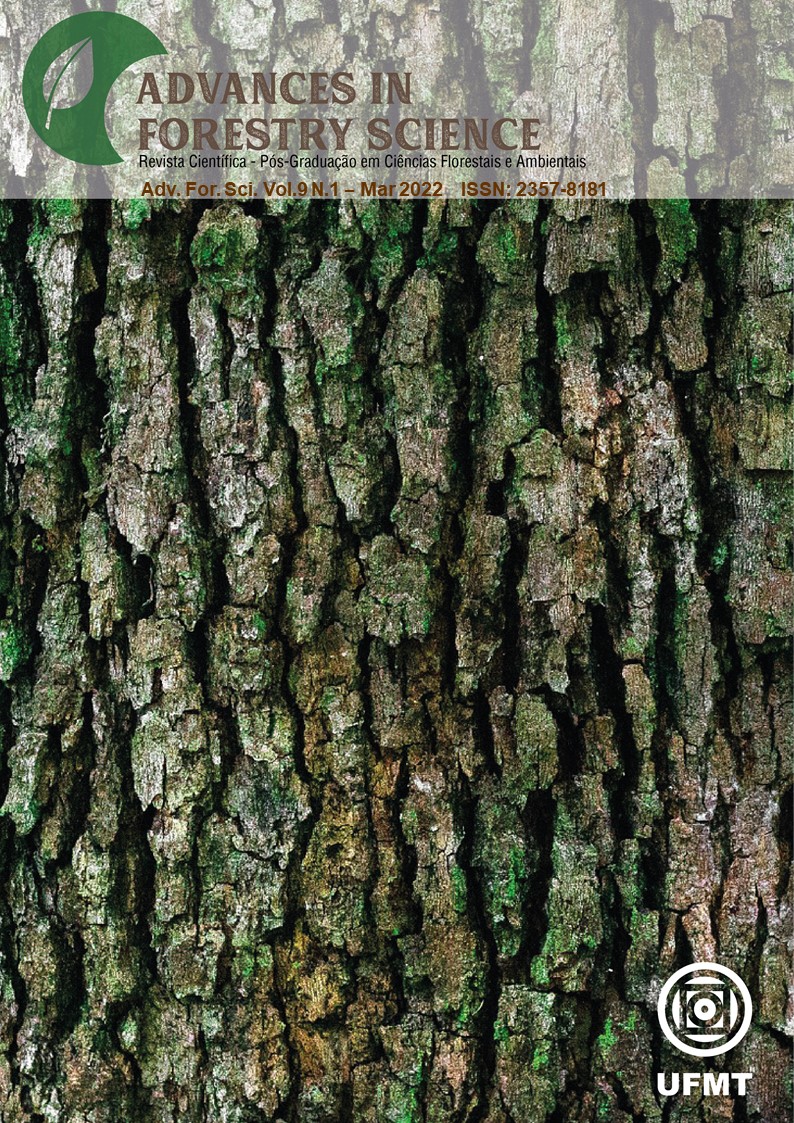In vitro callus induction from different explants of Senna alata (L.) Robx. (FABACEAE)
DOI:
https://doi.org/10.34062/afs.v9i1.12928Abstract
Senna alata (Sin. Cassia alata), has been considered a promising species for the development of phytotherapy products, and it is necessary to supply biological material with high genetic quality for the pharmacology. Thus, the objective of the study was to evaluate the stimulating effects of plant growth regulators on callus formation of Senna alata. Nodal and leaf segments were inoculated in MS medium supplemented with different concentrations of 2,4-D (0; 2.21; 4.42; 6.63 and 8.84 mg L-1) under the influence of LED light (white and colored) and darkness. It was also evaluated the effect of 2,4-D (1.0 mg L-1) in combination with TDZ and BAP in the concentration of 1.0, 3.0 and 5.0 mg L-1 in the presence and absence of activated charcoal for callus induction. The percentage of responsive explants and/or callus formation was evaluated after 4 weeks of culture. The results showed that the conditions of white LED are favorable for callus induction in leaf explants (77.5%) and nodal explants (90.0%). In addition, the interaction of 2,4-D with cytokinins was also favorable for the development of callus. However, activated charcoal did not favor the process of callogenesis. This study concludes that the production of friable callus can be obtained from axenic tissue of S. alata.
Downloads
Downloads
Published
Issue
Section
License
All copyright must be assigned to the Federal University of Mato Grosso.

